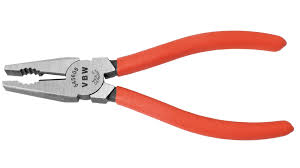Additional answer - your electrician may or may not hate you.
While the wiring of 2-way switches and dimmers is pretty straightforward, 3-ways, 4-ways, etc are sometimes another matter. Depending on wiring configuration, the wiring schema will be a bit different from how a dumb-switch-only leg is wired. While it’s not a big difference, it does take some getting familiar with.
Another thing to think about for multi-way legs is the location of the primary box. This will be the box where you want the Inovelli. Ideally, your power should start there. But electricians are often creatures of habit. They are accustomed to doing things in certain ways because they probably work on new homes in multiples.
For example, if they are running a multi-way switch leg, the first box they come to Romex-power-routing-wise is where that leg is going to start. But that might not be where you want the Inovelli. Because with dumb switch wiring it doesn’t matter on which “side” you start the leg.
Now there are ways of wiring the Inovelli in the other box, but now you are introducing an Aux into the mix. More wiring variation from the dumb switch world. And that’s only for 3-ways, not 4-ways and up. Get the point?
So ideally, you hope to have an electrician savvy in smart switch wiring . . . ideally Inovelli, as they wire differently than a Zooz, for example. I know it shouldn’t be difficult for an electrician, but I can still see some shaking their heads.
Another thing to think about is that multi-way Inovelli dimmers have settings that need to be set. I know you can set them via the switch, but is your electrician going to be able to do that as he is testing his work?
I’m not suggesting that you shouldn’t have smart switches wired from the get-go. Just trying to point out some things to think about.
But maybe your electrician will be smart switch savvy. In that case, disregard the above, lol.
